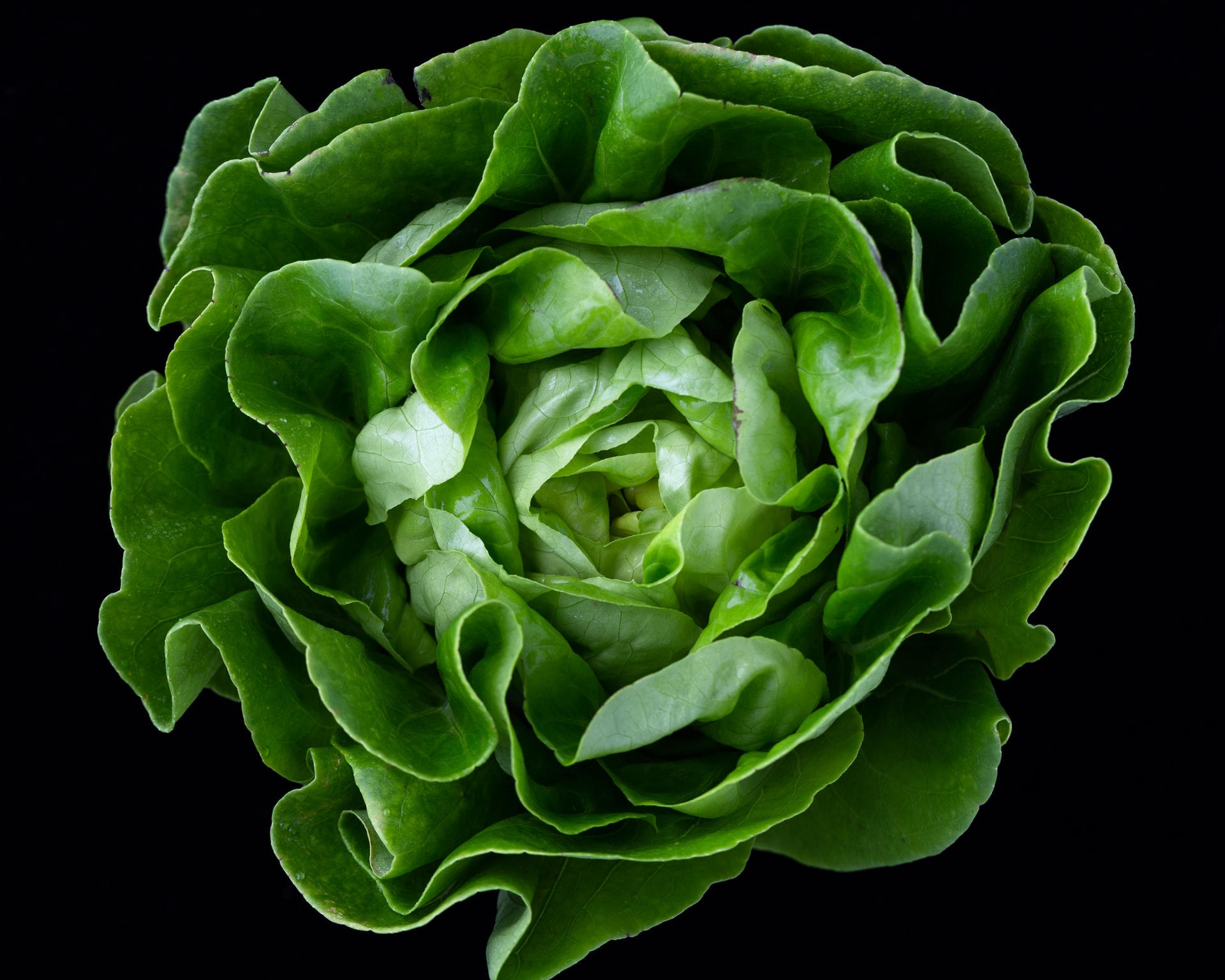Lettuce belongs to the group of leafy vegetables in the sunflower family (Asteraceae syn. Compositae). It is mainly grown for its leaves, which are used in food. Lettuce is consumed fresh, raw (without cooking), as a side dish (salad) with various seasonings or dressings.
The wild species (Lactuca sativa L.) is not known. The region of origin of lettuce is Western Asia, Eastern Africa, particularly Egypt, where lettuce has been used as an agricultural crop for 2500 years. From Egypt, lettuce spread to Greece, then to the Roman Empire, and subsequently to Central Europe, where it has been cultivated since the 8th century. Head lettuce was first described in the 16th century, and “crisphead” lettuce was selected in the late 19th century in the United States.
Lettuce is a widely cultivated annual herbaceous plant. In Croatia, it is grown on about 3,000 hectares, with 30% in protected environments and the rest in open fields. Lettuce is divided into several varieties, with the two most common types being butterhead and crisphead. Butterhead lettuce is also known as butter lettuce due to its soft and juicy leaves. It has oval, very tender leaves, and some cultivars reach a weight of 250 – 500 g. Crisphead lettuce has jagged, more wrinkled leaves with more pronounced veining and is also known as iceberg lettuce. Crisphead cultivars have a larger rosette, but the leaves are very brittle. The colors range from dark green to yellow-green, with the edges of some cultivars having a reddish hue due to anthocyanins. The head is round or oval, more or less dense, and in some cultivars, it can weigh up to 1 kg.
Nutritional Value of Lettuce
Lettuce loses its nutritional value over time. It is a dietary food as 100 grams of lettuce contains only 14 kcal. The tables below list the most important nutrients in lettuce.
In addition to these ingredients, lettuce contains citric and malic acids, which give it a pleasant taste, while the bitter taste comes from lactucine, lactucinic acid, lactucerol, and neolactucin. These compounds not only contribute to the bitter taste but also aid digestion and stimulate appetite.
Nutritional Value of Lettuce
| Nutritional Component | Amount % in Fresh Leaves |
|---|---|
| Raw Proteins | 0.8 – 2.2 |
| Raw Fats | 0.1 – 0.4 |
| Carbohydrates | 0.1 – 3 |
| Sugars | 0.1 |
| Fibers | 0.5 – 1.5 |
| Minerals | 0.4 – 1.4 |
| Water | 91 – 96 |
Table 1: Nutritional Value of Lettuce
Mineral Composition of Lettuce
| Mineral | Amount in mg/100 g Fresh Leaves |
|---|---|
| Sodium | 5 – 20 |
| Potassium | 133 – 530 |
| Magnesium | 7 – 23 |
| Calcium | 13 – 60 |
| Phosphorus | 21 – 68 |
| Iron | 0.3 – 6.2 |
| Sulfur | 15 |
Table 2: Mineral Composition of Lettuce
Vitamin Content
| Vitamin | Amount in mg/100 g Fresh Leaves |
|---|---|
| Carotene | 0.16 – 1.6 |
| Vitamin E | 0.5 |
| Folic Acid | 0.004 – 0.054 |
| Vitamin B1 | 0.04 – 0.09 |
| Vitamin B2 | 0.08 – 0.25 |
| Vitamin B3 | 0.2 – 0.5 |
| Vitamin B6 | 0.036 – 0.075 |
| Vitamin C | 6 – 55 |
Table 3: Vitamin Content













































